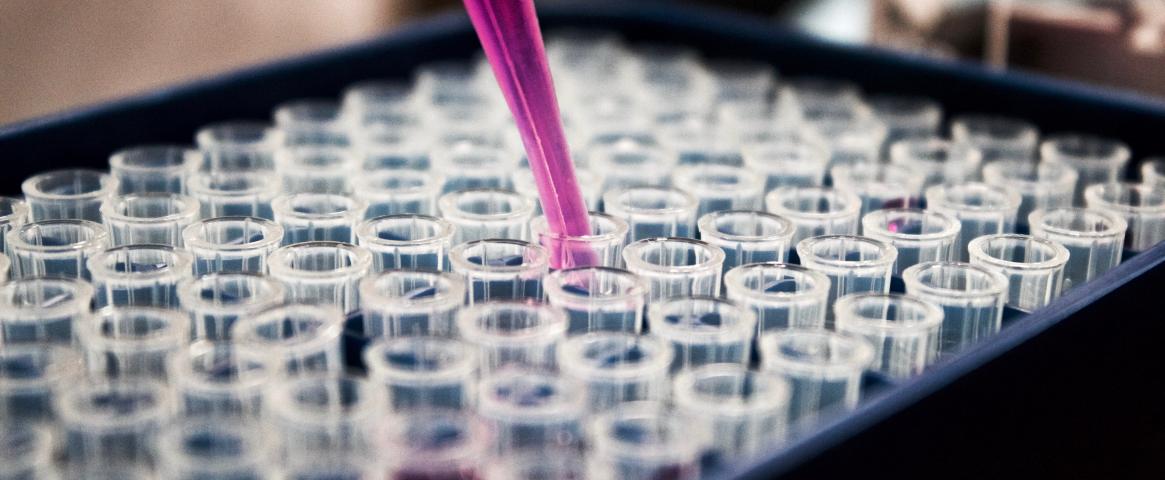Tim Bonfield, senior associate, Marketing & Communications, at Cincinnati Children's, shares #WhySciWri in this short Q&A.
Q: Tell us a little about yourself.A: I write and edit articles about the research happening at Cincinnati Children’s, which is both an academic medical center and one of the oldest pediatric hospitals in the United States. My work includes media releases, a monthly e-newsletter, a print and digital magazine, and a research annual report. Before joining Cincinnati Children’s nearly 10 years ago, I was the health care beat writer for the Cincinnati Enquirer and an editor there for more than 17 years.
Q: How did you get interested in science writing?
A: I’ve been fascinated with journalism and science ever since childhood. Fortunately, I found a way to merge two passions. Now, I find the work to be constantly inspiring. The discoveries at Cincinnati Children’s happen so fast that it’s like drinking water from a fire hose.
Q: What do you love most about your job?
A: After so many years working in newspapers, which are in decline, I feel incredibly lucky to be working in a field brimming with progress and hope for the future. Every time I learn about an important step forward, be it human organoids growing in a dish or new algorithms that may predict which people are at risk of attempting suicide, I am reminded of the incredible potential within humanity.
Q: What's the website you visit most often for work?
A: There is no single best source. I pull science news and related current events updates from more than 400 sources, and never have time to read everything. I follow a bunch of science and health authorities on Twitter and Facebook. I occasionally dip in and out of LinkedIn. I use custom Google news feed searches that keep my email inbox filled. Among the strong ones: News from Science, ScienceBlogs, The Scientist, National Geographic, Kaiser Health News, major mass media science coverage from The New York Times, The Guardian, BBC, NPR, plus several pediatric-focused organizations and local and statewide health policy groups.
Q: If you could write about any scientific event/breakthrough/topic (past, present or future) what would it be and why?
A: I want to be around when organoid tech and 3D printing tech mature enough to utterly end the waiting lists for organ transplants and tissue grafts. When that day comes, millions upon millions of people dying early from heart attacks, congenital heart defects, diabetes-related pancreas and kidney failures, hepatitis, fatty liver diseases, and so on, will live longer, healthier lives. I want to see what kind of world we will have when the energy and creativity of those once-ill and dying people is unleashed again. I want to see our best minds and boldest hearts working hard to make that day happens sooner rather than later.
Q: Why did you join NASW and what kinds of professional connections/opportunities are you seeking?
A: Networking is always useful. At various times, our organization looks for staff and contributing writers. And we will always be interested in staying in touch with and learning from people who are skilled in the latest, ever-evolving communication channels and formats. Good writing is good writing. But we need to keep working to reach the right people in the formats they prefer.
Follow Tim on Twitter @TimBonfield


